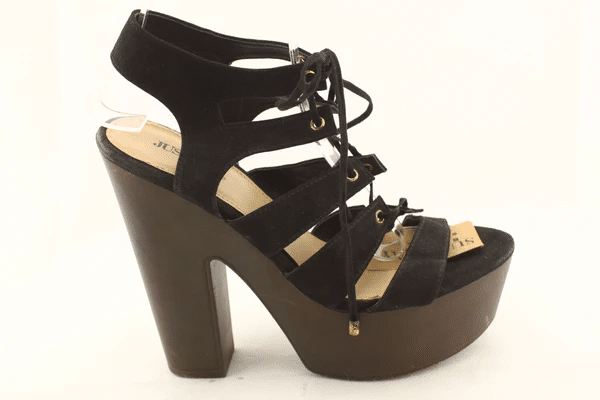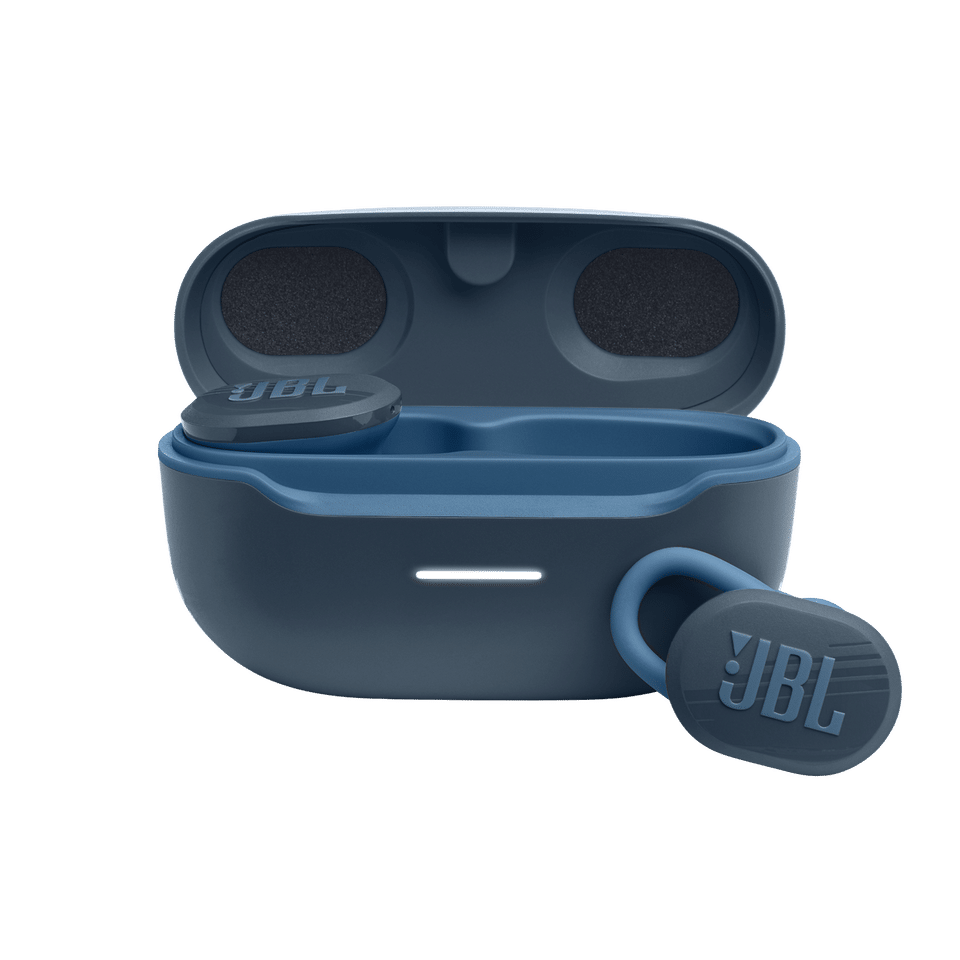What started out as brands trying to figure out how to personalize the shopping experience led to the emergence of Curated shopping – a trend that kicked off around 2012/2013. Several brands and retailers, especially those active in emotion- and inspiration-driven industries like fashion, beauty or furniture retail, started to integrate curated commerce concepts to help shoppers discover interesting products based on their personal preferences.
The rise in its popularity can be attributed to two things: choice overload and customers seeking expert advice to decide what to purchase. Today’s shoppers simply don’t have the time or the attention spans to sift through pages and pages of product backlogs.
Add to this the fact that modern shoppers want their brands to engage with them on a personal level, and the relative simplicity of virtual (or human) assistants, the seasonableness of tastemaker recommendations, and the individuality of community-curated product selections make perfect sense to ease all that retail stress.
But how exactly does Curated shopping work and how successful is it really?
3 Strategies to create curated shopping experiences
As pointed out by research findings from Nielsen and Forrester, most consumers expect to have the same personal and interactive experience when shopping online as they get when shopping in-store. To cater to this need, brands and retailers around the world have implemented various tactics to create the perfect personalized shopping experience.
1. I know you and know what you need – Personal Stylist
This concept founds on the clear understanding of the individual customer and his or her needs as well as an almost intimate and ongoing relationship between the retailer and the customer.
How does it work?
Customers usually complete a quick online quiz (see Guided Selling quizzes built with SMARTASSISTANT) to indicate their preferences, style, likes, dislikes, available budget and similar profile information. This can be followed by a phone consult during which additional questions are clarified.
A little while later, the customer receives a customized parcel with apparel, accessories, furniture, cosmetics etc. that have all been hand-picked by an expert or personal stylist based on the customer’s specific tastes. The customer can then choose to pay for what he or she likes and simply send the rest back.
Prominent examples of this approach can be found at Shoe Dazzle and JustFab for shoes, Out fittery, Stich Fix, Trunk Club, Modamoto and Zalon for apparel, Birchbox for cosmetics, 99chairs for furniture, and BlueApron for meal delivery.

Example: JustFab Style Quiz
And how well does it work?
Curations by personal stylists and domain experts target customers who are overwhelmed by the available choice, changing assortments, and dread the trip to the mall.
This approach generally leads to higher customer loyalty, order values, and lower return rates. However, a study by the E-Commerce-Center in Cologne found that only 3.6% of surveyed consumers have used this service.
The success of this approach depends on how much is known about the customer and on how knowledgeable the personal stylists are. Moreover, providing individual and manually curated selections for each customer is extremely cost-intensive and not a scalable model. Therefore, many of the retailers that offer this type of curated shopping, explore blending expert curations with intelligent algorithmic recommendations like Guided Selling.
2. I am an expert and know what’s good Influential Tastemakers
This approach takes advantage of the fact that stories help to trigger emotions, engage people, and drive sales: Headstream research found that great stories trigger purchase intent for 55% of shoppers.
A large number of retailers hopped on the movement and started using artful storytelling to connect with shoppers, build their brand, and set themselves apart from their competitors. A specific content tactic that has proven to be successful is Expert curation by celebrities, trusted experts, and influential tastemakers.
How does it work?
In this form of curated commerce, a business collaborates with an expert or influencer who is responsible for choosing the individual products to showcase in a product collection. The selected items are usually tied into a story that contains additional information and personal recommendations about why and how to use the items, as well as – of course – an option to purchase them.
Known examples include:
MYHABIT – a private fashion site by Amazon.com that offers handpicked selections from designers, buyers, stylists and guest curators, like Project Runway Tim Gunn
Style Room – a curated shop by Zappos.com that combines edited collections of products and trending wares with social media functionality
AHALife – an online shop for curated, one-of-a-kind luxury products that partners with curators, who are industry leaders and innovators

Example: AHALife celebrities, experts and influencers as curators
And how well does it work?
Tastemaker and influencer curations have the effect that customers shop more spontaneously and are less likely to base their purchase decisions on price because the products are being recommended by people they think to know, trust and actually want to get advice from. While there are sites that are targeted at men, it appears that women are more susceptible to these selections.
The concept has the potential to create a competitive advantage, drive loyalty and a stronger identification with a brand, which translate to higher sales frequency and increased average order values.
However, during research, I discovered several over-hyped and over-backed start-ups that focused their business model solely on offering influencer curations and went bust within only a few years (e.g. BerryAvenue, BeachMint’s or Gentology).
It’s an indicator that the concept can only be as successful as the creativity with which brands can muster to implement the strategy or how strong the narrative. Much also depends on whether or not brands understand their audience and their tastes and whims as much as they think they do.
3. I am like you and we like similar things (Virtual) Friends
The third approach towards Curated Shopping is based on the fact that consumers value the opinion of fellow consumers and trust their opinion as much as they trust personal recommendations. In addition to that, consumers often prefer content that is absent of overt branding and promotion.
How does it work?
Here, shoppers are able to create individually curated collections or boards to share their personal tastes with the public. The collections can contain past purchases, wish lists, as well as generally favored products that may be related or unrelated. Once created, the collections can be followed, liked, pinned and saved by family members, friends, or users with the same interests.
Many retailers who provide users with the option to create curated collections on their site also use the consumer’s past shopping experiences, interactions and preferences to suggest community-curated collections that relate to their interests and should help inspire them for their next purchase.
Prominent examples include Wanelo, ebay, Polyvore, Pinterest, Etsy, stylefruits, and canopy.

Example: eBay changed their homepage to display visual product collections that have been created by shoppers and can be shared with others for shopping inspiration
And how well does it work?
The highly visual, discovery-based and unique appeal of curated collections has the potential to increase the visibility of brands and to drive traffic. Social curated services such as Pinterest and Polyvore rank among the top social trendsetters, and as of October 2015, there were more than 60 million buyable pins on Pinterest. These are pins that allow retailers to connect individual items in a collection directly with their online shops where people can immediately buy the products they’ve found.
It is a massive sales channels for businesses. The average order value per sale from Pinterest is higher than on other social platforms. And retailers like Macy’s, Nordstrom, Bloomingdale’s or Wayfair are already leveraging community-based curation to grow their audiences and exceed revenue goals.
Conclusion
Customers need and seek advice as they shop, and retailers and brands are best advised to provide this service as it has always been one of their most important and distinctive core competencies. Because make no mistake, the agony of choice is very real, and anything to alleviate the overload will facilitate the journey to conversion.
The aforementioned approaches serve one singular purpose: to curate shopping options for potential customers and deliver a shopping experience that is tailored to the customer’s preferences. Online sites that apply this method effectively are able to make shopping more personal and enjoyable.



![How Virtual and Augmented Reality will Influence Decision-Making [Infographic] | Guided Selling](https://www.guided-selling.org/wp-content/uploads/2016/06/generate_images_for_my_blog_post_post_title_is_-6.jpg)
